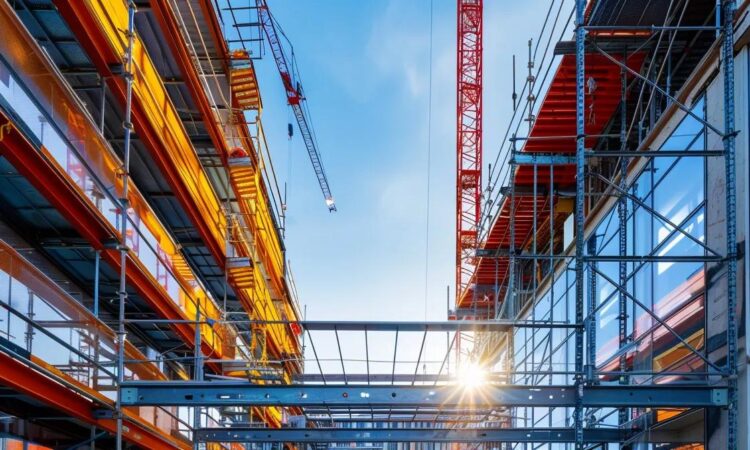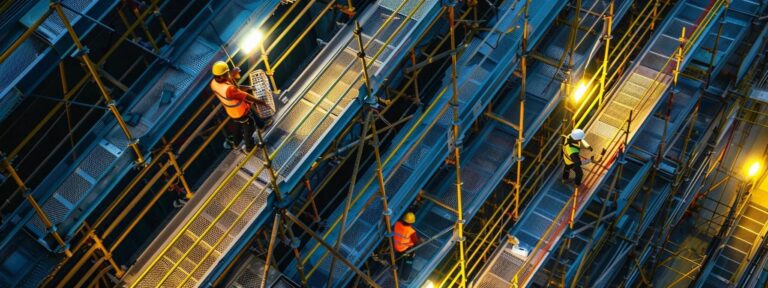Choosing Between Permanent and Temporary Fall Protection Systems
Fall protection (usfallprotection) is essential for the safety of personnel working at heights in construction, maintenance, and other hazardous environments. Decision-makers must consider factors such as duration of work, cost-effectiveness, ease of installation (design installation), and regulatory compliance. Permanent and temporary systems each offer unique advantages based on work conditions; for example, integrating guardrail systems can enhance overall safety. This article provides guidance on how to choose between these systems by examining their applications, benefits, structural requirements, and compliance with safety standards, as well as emphasizing the role of annual-maintenance in long-term system performance. For more information about our approach and industries-we-serve, visit our blog or get a free quote.
Defining Permanent Fall Protection Systems and Their Core Attributes
Permanent fall protection systems are fixed installations designed for long-term use. Often employed across industries-we-serve, these systems rely on proper design installation practices and typically incorporate guardrail systems to ensure continuous protection on elevated surfaces. Regular annual-maintenance further enhances their reliability in various work environments.
Understanding the Longevity of Permanent Fall Arrest Solutions
Permanent systems are engineered for durability and reliability, showcasing a design installation approach that optimizes performance. Constructed from high-grade materials such as steel or stainless steel cables, these industries-we-serve solutions are designed to last for decades with minimal degradation. Their design incorporates fatigue resistance and weatherproofing, ensuring consistent performance in harsh conditions. Regular inspections and annual-maintenance practices help detect early signs of wear and extend system lifespan.
Typical Applications for Installed Permanent Safety Systems
Permanent systems are common in facilities requiring everyday use of elevated areas, such as manufacturing plants, warehouses with mezzanines, commercial buildings, and large construction projects. Many industries-we-serve benefit from our design installation approach, which integrates ladder systems and guardrail systems to enhance overall safety. These systems, including guardrails, rigid lifeline systems, and designated anchor points, continuously safeguard workers during routine maintenance and annual-maintenance, repairs, and work on stairs or platforms. For more details, please visit our about us section or get a free quote on our blog at usfallprotection.
Key Benefits of Opting for Permanent Fall Protection Measures
Permanent systems support personnel without the need for repeated setup of temporary devices. They offer constant protection, reduce setup errors, and enhance productivity by eliminating delays. Over time, these systems lower maintenance costs because they require only routine inspections and minor repairs rather than complete reinstalls.
Assessing Long-Term Value of Permanent Fall Protection Installations
Although the initial investment is often higher, permanent installations deliver long-term value by reducing the cost per use, minimizing downtime during reconfiguration, and lowering the risk of occupational injuries. Their durable construction and adherence to strict safety standards can also lead to lower insurance premiums and improved worker morale.
Structural Requirements for Permanent System Integration
A thorough structural assessment is necessary before installing a permanent system. The structure must support additional load and stress, which may involve securely bolting fixed anchor points into concrete or steel and integrating guardrails with the building’s design. Engineers evaluate load distribution, vibration absorption, wind, seismic conditions, and comply with standards set by OSHA and ANSI.
How Temporary Fall Protection Systems Work and Their Benefits
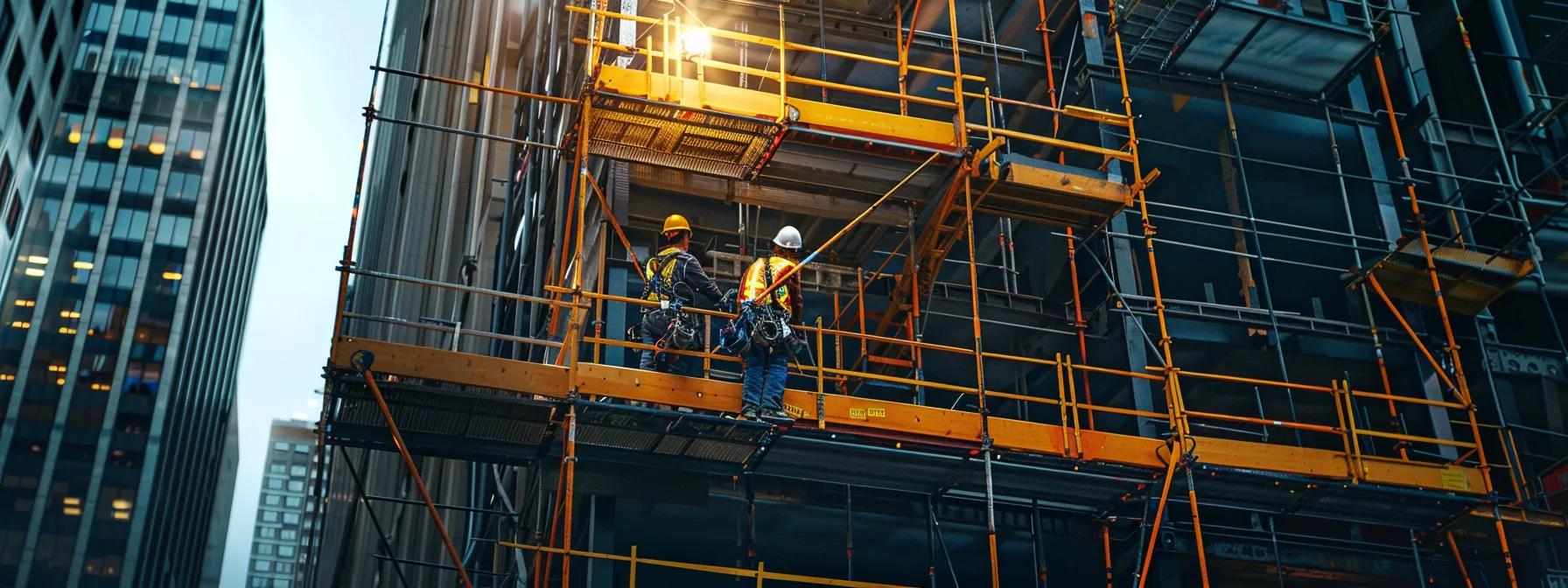
Temporary fall protection systems are designed for short-term or intermittent use in locations where permanent installation is impractical or too expensive. They are engineered for flexibility and mobility, which allows for rapid deployment and removal as work needs change.
Identifying Characteristics of Mobile Fall Safety Equipment
Temporary systems are portable, easy to set up, and adaptable to changing work locations. Typical equipment includes mobile guardrails, portable anchor devices, temporary roof anchor systems, and mobile ladders with fall arrest features. They are usually made of lightweight materials like aluminium alloys or high-strength polymers to simplify transport and installation without sacrificing safety.
Scenarios Favoring Temporary Fall Protection System Deployment
These systems are ideal for work performed in varying locations. During maintenance or repair on scaffolds, bridges, or temporary construction structures, temporary systems can be customized for each site. They are especially useful for project-based or seasonal work where the setup can be reconfigured, stored, or repositioned to meet evolving project needs, such as during emergency repairs or temporary refurbishments.
Advantages of Utilizing Portable Fall Protection Solutions
Portable systems reduce setup time and adapt quickly to dynamic project requirements. Their flexibility allows protection of various access points and hazardous areas, making them usable across multiple projects. Their ergonomic design minimizes worker fatigue during frequent setup and relocation, ensuring continuous protection even as project parameters change.
Cost Implications for Short-Term Temporary Fall Protection
Temporary systems generally have a lower upfront cost than permanent systems, though total cost must account for replacement cycles, regular inspections, and labor for setup and disassembly. Despite recurring rental or service fees, their ability to scale protection across various areas and projects can create significant cost savings for firms on tight budgets or fluctuating workloads.
Ease of Setup and Removal for Temporary Systems
A key strength of temporary systems is their simple and quick installation process, often completed within minutes and without structural modifications. This minimizes interruption to work and allows rapid responses to changing conditions. Their ease of removal also helps maintain strict safety protocols and reduces the chance of setup errors.
Contrasting Permanent Versus Temporary Fall Protection System Features
A side-by-side comparison reveals key differences between permanent and temporary fall protection systems.
Installation Processes for Permanent and Temporary Setups
Permanent systems require extensive planning, detailed engineering assessments, and integration with the building’s structure, sometimes necessitating temporary shutdowns. In contrast, temporary systems are based on modular, pre-assembled components that can be quickly deployed with minimal disruption, making them ideal for situations where continuity is critical.
Durability Expectations of Fixed Versus Mobile Systems
Due to their robust materials and fixed installation, permanent systems generally have higher durability and longevity. Temporary systems are built for flexibility and may experience a shorter overall lifespan due to repeated setup and removal cycles, though they are designed to meet safety standards over several cycles of use.
Upkeep Needs for Permanent and Temporary Safety Gear
Permanent installations require scheduled inspections and routine maintenance, often integrated with overall building management. In contrast, temporary systems demand more frequent, post-use inspections, cleaning, and component replacements because of the greater wear and tear from constant movement and reassembly.
Versatility Across Different Work Environments
Permanent systems are optimal for environments with fixed structures and predictable elevated work areas. Temporary systems offer versatility for use in multiple settings, seasonal projects, or areas that change frequently. Their reconfigurable design ensures they can adapt to unconventional work settings that may otherwise increase fall risk.
Compliance Standards for Each System Category
Both system types must comply with strict regulatory standards. Permanent systems usually exceed continuous operation requirements and mesh seamlessly with building codes. Temporary systems, though also compliant, must be used according to specific guidelines that consider their mobile nature. Regular audits by bodies such as OSHA and ANSI help ensure both types meet safety standards.
Examining Flex Cable Fall Protection Systems as an Adaptable Option
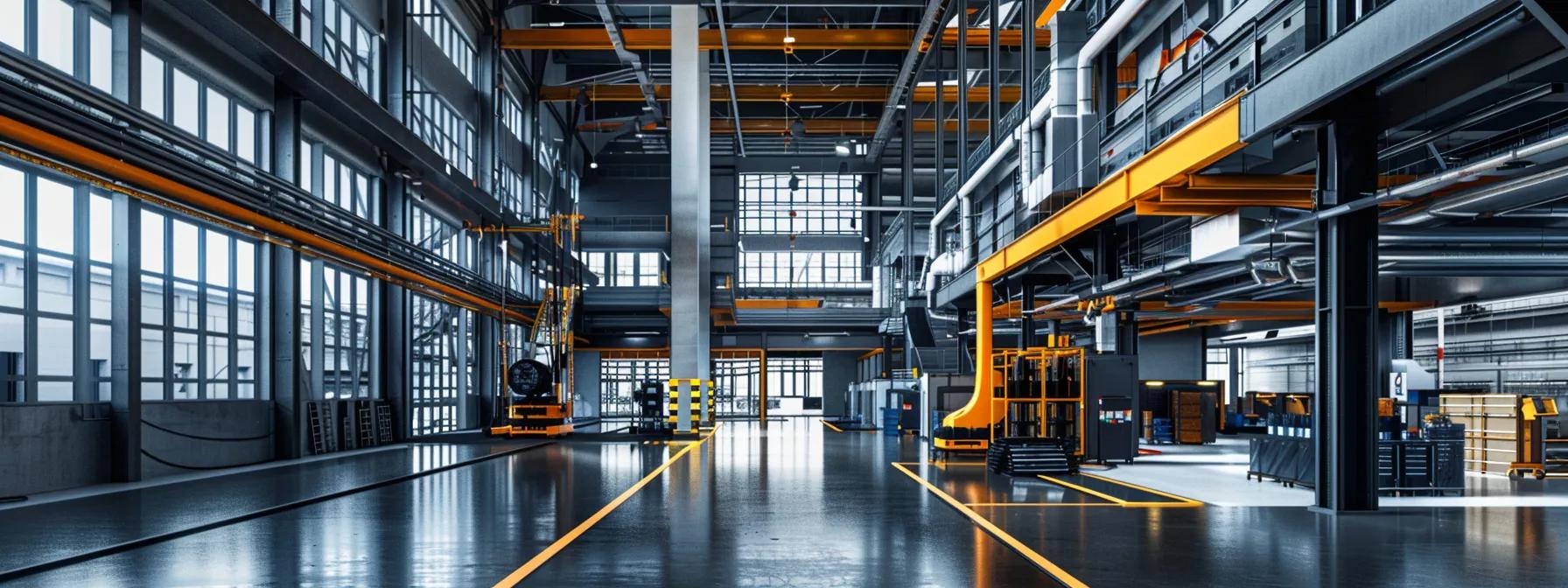
Flex cable fall protection systems combine features of both permanent and temporary solutions. They use flexible cables, which can be tensioned or adjusted to fit various work scenarios and structural layouts.
What Constitutes Flex Cable Fall Protection Systems?
These systems consist of high-strength, flexible cables attached to secure anchor points designed to absorb shock and distribute force during a fall. Made from materials like stainless steel or synthetic fibers, flex cable systems are suitable for both fixed installations and repositionable setups, offering versatility without compromising durability.
How Flex Cable Systems Offer Adaptable Safety Solutions
Flex cable systems can be quickly reconfigured to match task-specific needs, making them valuable in complex or irregular work environments. Their adjustable tension and anchorage allow them to be customized for horizontal or vertical fall protection, meeting variable safety standards while maintaining high performance.
Suitable Uses for Flexible Cable Fall Arrest Technology
Flex cable systems are particularly suited for high-risk industries where workstations change frequently. They are ideal for roofing, bridge maintenance, industrial scaffolding, and confined-space work requiring customized fall paths. Additionally, they work well in retrofitting older facilities that need modern safety updates without extensive renovations.
Implementing and Operating Flex Cable Safety Lines
Successful implementation begins with assessing the worksite to determine the best anchor points and cable tension. Once installed, these systems are designed for ease of use—workers can quickly attach their harnesses and adjust the system as needed during work. Regular testing and visual inspections ensure that the system stays within manufacturer tolerances and remains reliable during emergency fall events.
Determining if Flex Cable Systems Meet Your Project Demands
Choosing a flex cable system requires evaluating project-specific demands such as work frequency at height, environmental variability, and structural compatibility. Factors like initial investment versus long-term maintenance and reduced downtime for system reconfiguration all contribute to its potential as a balanced solution between permanence and flexibility.
Critical Considerations for Selecting Appropriate Fall Protection
Selecting the best fall protection system involves a careful assessment of work conditions, safety protocols, and budget constraints.
Evaluating Work Frequency and Duration at Elevated Levels
For tasks with prolonged exposure to heights, permanent systems usually offer the most reliable long-term safety. Alternatively, for intermittent tasks or short-duration exposures, temporary or flex cable systems can provide the needed protection without incurring the higher installation costs associated with permanent systems.
Analyzing Specific Site Risks and Building Constraints
A comprehensive risk analysis should account for the worksite’s geometry, existing structural features, and environmental conditions like wind and temperature fluctuations. Sites with irregular structures or limited fixed anchoring points might benefit more from the versatility of temporary or flex cable systems.
Aligning System Choice With Budgetary Allocations
While permanent systems require a higher upfront investment, their long-term benefits, including lower maintenance costs and minimized downtime, may justify the expense. Temporary systems, with lower initial costs and easy installation, could be more economical for short-duration projects. A cost-benefit analysis should include both direct costs (materials and labor) and indirect costs (downtime and reconfiguration).
Considering Worker Competency and Equipment Operation
Permanent systems generally require less ongoing training, given their fixed nature. Temporary and flex cable systems, however, demand higher operational awareness and training due to their mobility and reconfigurability. Appropriate training programs are crucial to ensure safe deployment, regular inspections, and correct system use, thereby reducing accident risks.
Planning for Future Work Requirements and System Adjustments
Organizations should consider future scalability when selecting a fall protection system. A system that can be expanded or reconfigured as worksite demands change offers long-term value. Partnering with manufacturers who provide upgrade paths or modular designs can help future-proof the investment against new safety regulations and evolving project requirements.
Selecting the Optimal System for Enhanced Workplace Safety
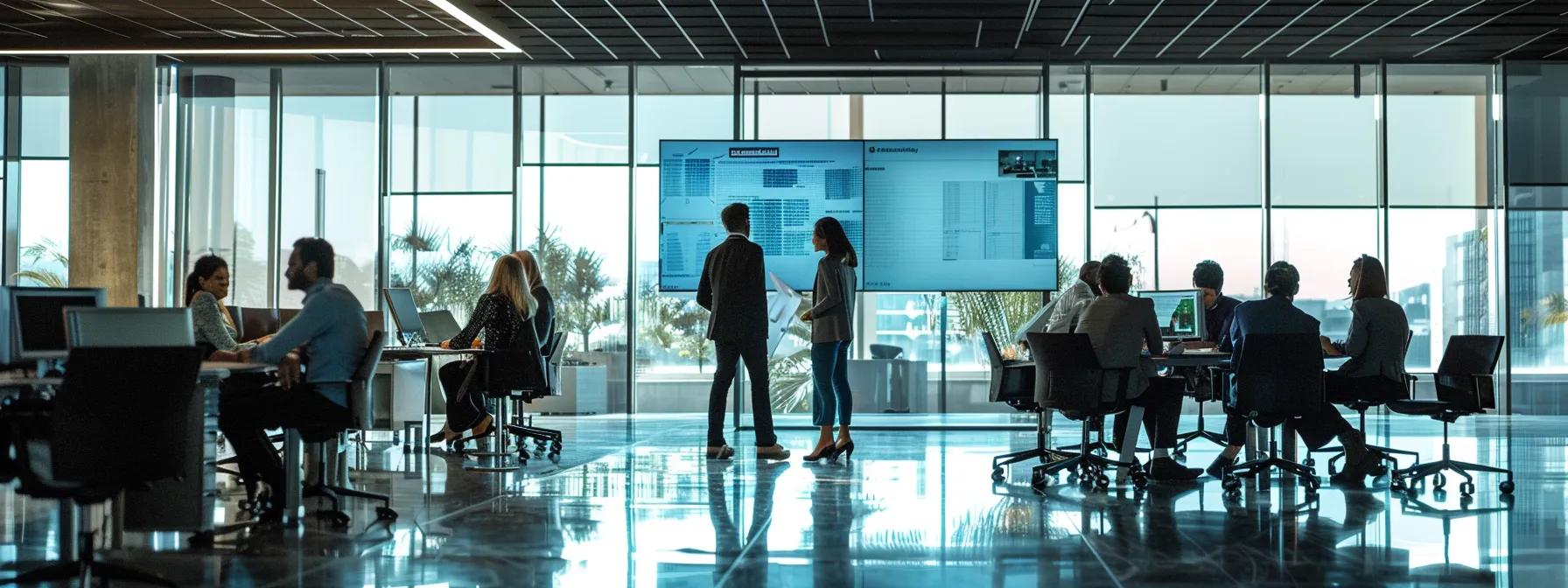
The final decision on a fall protection system must balance advantages and limitations in relation to specific work environments, risk levels, and financial considerations.
Balancing Advantages and Drawbacks for Your Unique Needs
Permanent systems deliver reliable, continuous protection but may lack mobility and require higher initial investment. In contrast, temporary and flex cable systems offer flexibility and ease of installation, though they demand more frequent maintenance and training. Employers must evaluate the immediate project needs along with long-term operational strategies to decide which features are most crucial.
Identifying When Permanent Fall Protection Is Non-Negotiable
In environments with fixed elevated workstations and high-frequency exposure, such as large manufacturing facilities or warehouses, permanent solutions are often essential. These systems ensure continuous protection, minimize operational downtime, and meet strict regulatory mandates, making them indispensable despite higher costs.
Recognizing Situations Where Temporary Systems Are Sufficient
Temporary fall protection is often adequate for construction projects, emergency repairs, or tasks in non-permanent structures. Their rapid deployment and ease of removal reduce logistical complications and costs where the work area or exposure risk is limited to a specific phase or short duration.
Incorporating Flex Cable Fall Protection Systems Effectively
Flex cable systems offer a balanced approach for sites with variable or non-standard configurations. They provide adaptable safety that bridges the gap between fixed and mobile systems, making them suitable for complex projects where traditional systems may not work efficiently. Their flexible design can enhance safety in irregular structures and dynamic work environments.
Seeking Professional Advice for Fall Protection System Selection
Given the complexities involved, consulting safety professionals and structural engineers is advisable. These experts can evaluate site conditions, recommend optimal solutions, and ensure that the chosen systems comply with current safety regulations. Their insights minimize implementation risks and help tailor solutions that best protect workers while optimizing overall safety investments.
Frequently Asked Questions
Q: What is the primary difference between permanent and temporary fall protection systems?
A: Permanent systems are fixed, long-term installations integrated into building structures, whereas temporary systems are mobile and easily installed or removed to meet short-term or changing work needs.
Q: How do permanent systems ensure durability over time?
A: They are built from high-grade materials like steel and stainless steel, are designed with fatigue resistance and weatherproofing, and require only routine inspections to maintain performance.
Q: When should a temporary fall protection system be used over a permanent system?
A: Temporary systems are best used in scenarios with frequently changing work areas or intermittent elevated tasks, such as in construction projects or emergency repairs.
Q: What maintenance is required for temporary fall protection systems?
A: They require regular post-use inspections, cleaning, and occasional component replacement due to repeated setups and removals, along with adherence to manufacturer guidelines.
Q: Are flex cable fall protection systems suitable for all work environments?
A: Flex cable systems are highly adaptable and work well in both fixed and dynamic settings, especially where traditional fixed installations may not be feasible.
Q: How does regular maintenance impact the cost-effectiveness of permanent systems?
A: Although permanent systems involve higher initial costs, their durability and reduced replacement frequency lead to long-term savings by minimizing downtime and lowering overall maintenance expenses.
Q: What should be considered in a cost-benefit analysis for fall protection systems?
A: Consider the initial installation costs, ongoing maintenance and inspection expenses, potential downtime, regulatory compliance costs, and long-term safety benefits.
Q: Can temporary fall protection systems be integrated with permanent installations?
A: Yes, integrating temporary systems with permanent ones can provide layered safety, offering additional protection during high-risk operations or transitional phases.
Final Thoughts
Enhanced fall protection is critical in any work environment involving heights. Selecting the right system requires careful evaluation of site-specific risks, work frequency, budget constraints, and regulatory requirements. Permanent systems offer continuous, reliable safety for fixed environments, while temporary and flex cable systems provide the versatility needed for dynamic projects. By understanding each system’s benefits, maintenance needs, and application scenarios, organizations can tailor their safety measures to maximize worker protection and operational efficiency. Investing in the right fall protection system not only ensures compliance with safety standards but also fosters a proactive safety culture that benefits both workers and overall productivity.
A balanced safety strategy that addresses immediate and future needs is the key to reducing fall-related incidents and enhancing workplace stability. Companies that prioritize proper fall protection demonstrate their commitment to employee safety and long-term operational success, ultimately strengthening their reputation and ensuring a safer work environment for all.

